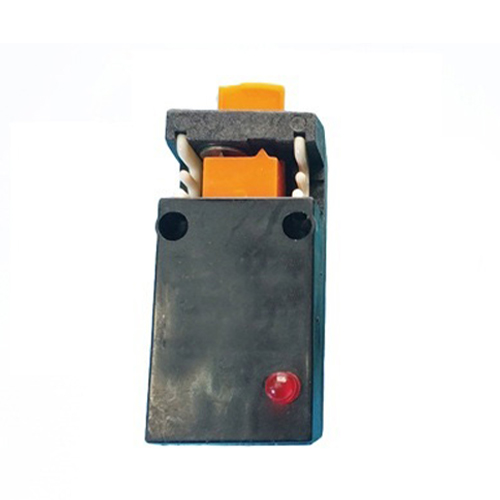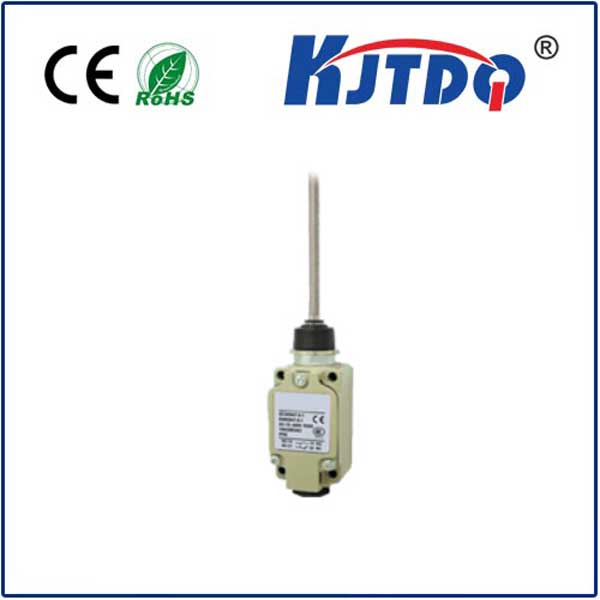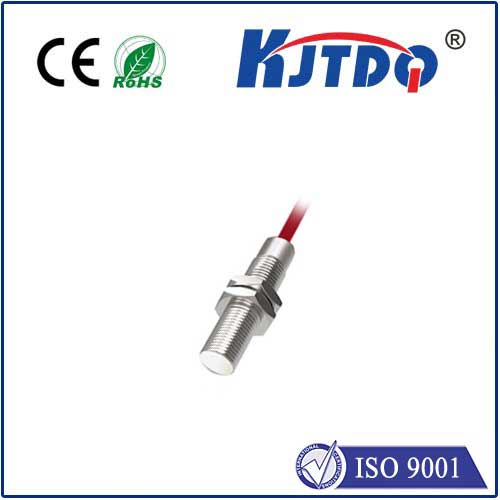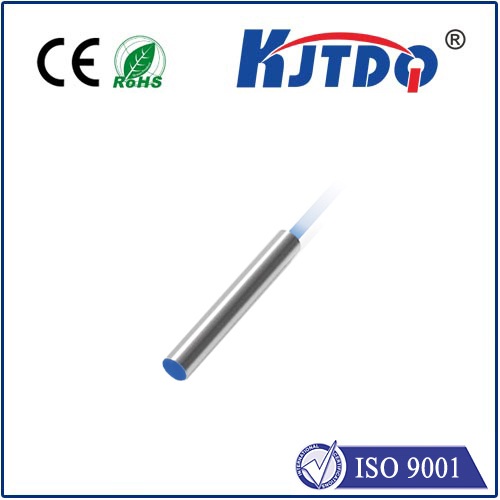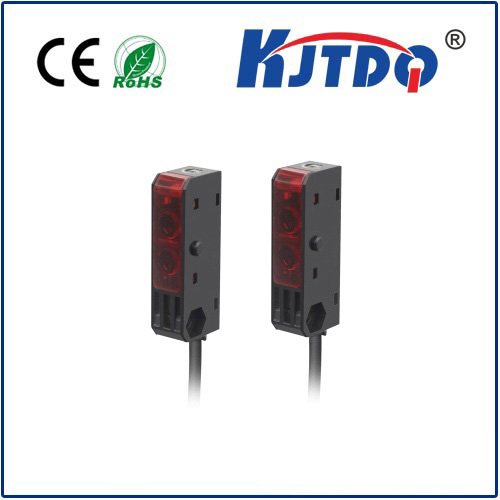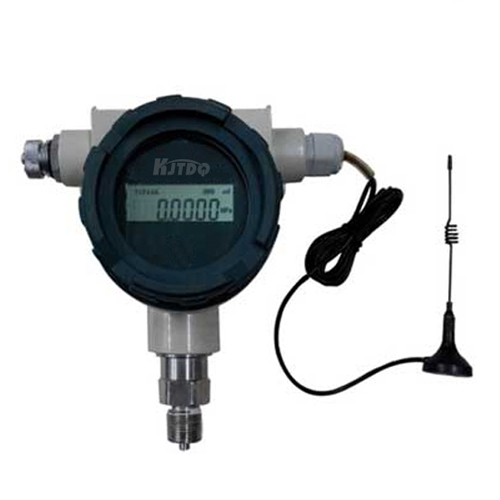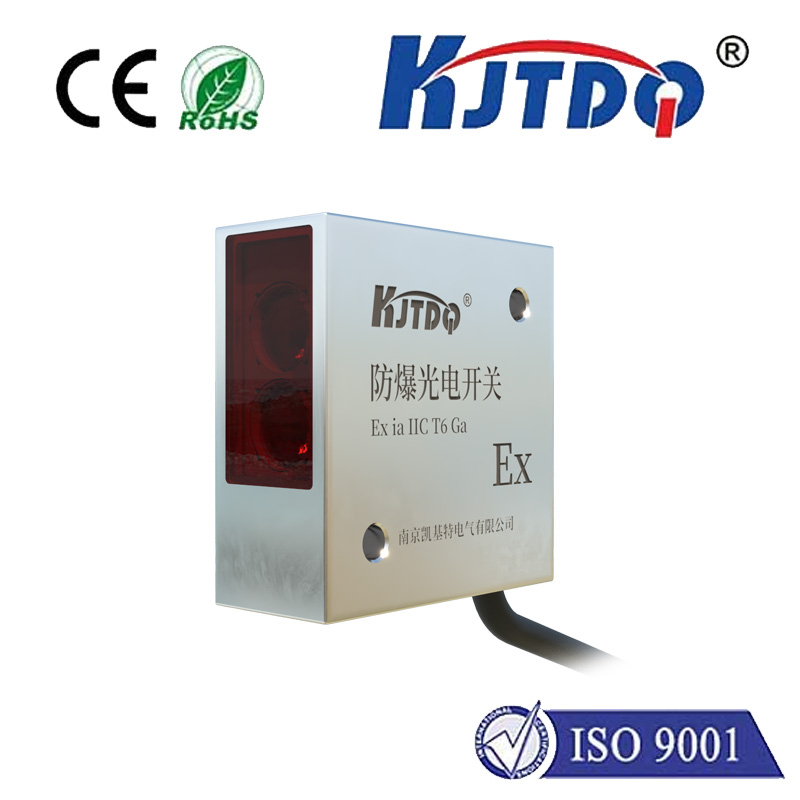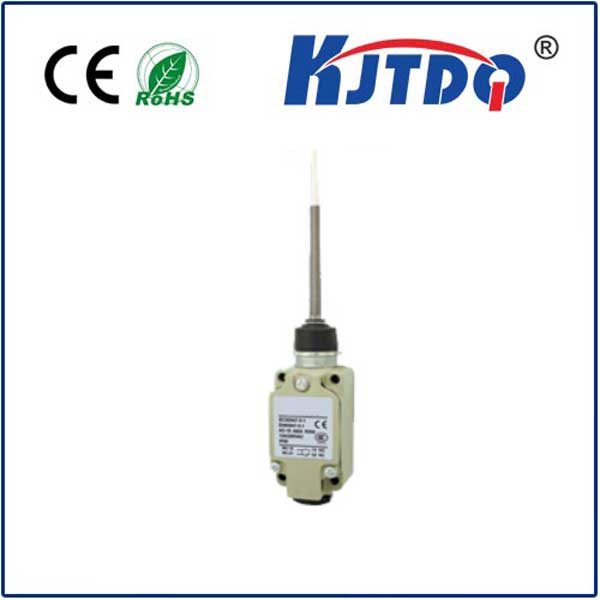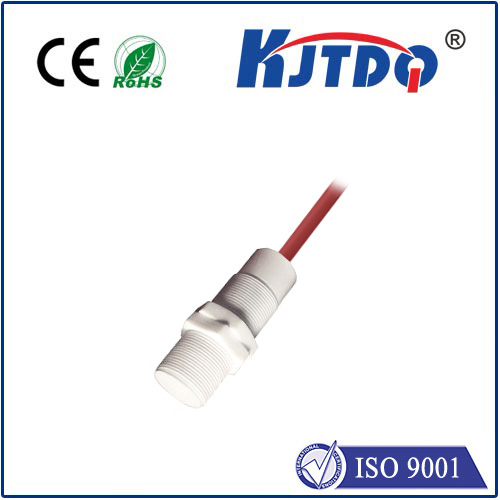magnetic temperature gauge
- time:2025-08-22 00:59:49
- Click:0
The Magnetic Temperature Gauge: Precision Measurement Through Magnetic Principles
In the intricate world of temperature monitoring, where accuracy and reliability are paramount across diverse industries, one technology stands out for its unique approach: the magnetic temperature gauge. Unlike common thermocouples or RTDs relying on electrical resistance changes, this instrument harnesses the fascinating relationship between magnetism and heat. Forget complex electronics for a moment; imagine a gauge fundamentally governed by the laws of physics, offering robust and dependable readings where other sensors might falter. Understanding how this gauge operates unlocks its potential for specific, demanding applications.
Unveiling the Core Principle: Magnetism Meets Heat
At the heart of every magnetic temperature gauge lies a fundamental physical phenomenon: the Curie point (or Curie temperature). This is the critical temperature at which a ferromagnetic material – one strongly attracted to magnets, like iron or nickel – undergoes a dramatic transformation. Above the Curie point, the material loses its permanent magnetic properties and transitions to a paramagnetic state, meaning it is only weakly attracted to magnets and loses its ability to be permanently magnetized.
The magnetic temperature indicator cleverly exploits this property. Its core component is a carefully selected ferromagnetic material, designed with a precise Curie point corresponding to the target temperature range. This material is typically incorporated into a mechanism involving a permanent magnet and a rotary indicator pointer.

How It Works: A Simple Yet Clever Mechanism
- The Magnetic Link: A small permanent magnet is connected to the gauge’s indicator pointer.
- The Trigger Element: Positioned near this magnet, but not directly attached to the pointer, is the ferromagnetic material (often called the “temperature-sensitive element” or “sensor”) with a specific, predetermined Curie point.
- Below Curie Point: When the temperature at the sensor is below its Curie point, the ferromagnetic material remains strongly magnetic. This creates a powerful magnetic attraction between the sensor and the permanent magnet attached to the pointer. This magnetic force pulls on the magnet, positioning the pointer.
- Reaching Curie Point: As the temperature rises to the sensor’s precise Curie point, the ferromagnetic material undergoes its transition. It loses its strong ferromagnetism, drastically weakening the magnetic attraction force.
- The Sudden Shift: The sudden loss of magnetic coupling causes the permanent magnet (and thus the pointer) to be released or moved abruptly by a spring or counterweight within the gauge mechanism. This results in a distinct, snap-action movement of the pointer on the dial.
- Temperature Indication: The position the pointer snaps to corresponds directly to the Curie temperature of the specific sensor element used. Many gauges contain a series of individual sensor elements along a bimetallic strip or similar structure, each with a slightly different Curie point. As temperature increases sequentially, each element reaches its Curie point in turn, causing the pointer to jump step-by-step across the dial, indicating the current temperature.
Key Advantages: Where Magnetic Gauges Excel
The unique operating principle of the magnetic temperature sensor bestows several significant advantages, making it indispensable in particular scenarios:
- Snap-Action Precision: Unlike analog gauges with gradual needle movement, the magnetic temperature gauge provides a distinct, jump-like indication. This eliminates parallax errors and makes readings incredibly clear and unambiguous, reducing operator misinterpretation.
- Intrinsic Safety & Explosion Proof: With no electrical components or power requirements needed for the core sensing mechanism, these gauges are inherently safe. They generate no sparks and pose no ignition risk, making them ideal for hazardous environments like oil refineries, chemical processing plants, mines, or anywhere flammable gases or dust are present (often rated for Class I, Division 1 areas).
- Robustness and Reliability: The mechanical nature, coupled with the absence of delicate electronics or fine wires (like in thermocouples), makes them highly resistant to vibration, electrical interference (EMI/RFI), and power surges. They can withstand harsh conditions where other sensors might fail prematurely.
- Long-Term Stability: Since the Curie point is an inherent physical property of the chosen material, it remains remarkably stable over time. This translates to minimal calibration drift and consistent accuracy throughout the gauge’s lifespan.
- Visual Clarity: The large, distinct pointer movement provides excellent visibility from a distance, a crucial factor in industrial control rooms or on large equipment.
- No External Power Needed: Operation is purely mechanical/magnetic, eliminating the need for batteries or external power supplies for indication.
Common Applications: Where Physics-Based Measurement Shines
Given their strengths, magnetic temperature instruments find crucial roles in:
- Industrial Process Monitoring: Critical temperature points in pipelines, reactors, turbines, compressors, hydraulic systems, and heat exchangers, especially in explosive atmospheres.
- Power Generation: Monitoring temperatures in transformers, generators, and associated cooling systems.
- Marine Engineering: Engine room monitoring, exhaust gas temperatures, bearing temperatures on propulsion systems.
- Heavy Machinery: Oil and coolant temperature monitoring in construction, mining, and agricultural equipment subjected to high vibration.
- Safety Critical Alarms: Acting as overtemperature trip points where an absolute, unambiguous indication is required to initiate shutdown procedures.
- OEM Equipment: Integrated into machinery by manufacturers needing reliable, low-maintenance temperature indication.
Selecting the Right Magnetic Temperature Gauge: Considerations
When choosing a magnetic thermometer, keep these factors in mind:
- Temperature Range & Accuracy: Determine the required minimum and maximum temperatures and the necessary accuracy. Each sensor element within the gauge has a specific trigger point.
- Dial Size and Scale: Choose based on mounting location and required visibility distance.
- Connection Type & Stem Length: Ensure the process connection (e.g., threaded, flanged) and immersion length match the application requirements.
- Environmental Conditions: Consider vibration levels, potential chemical exposure (requiring specific wetted materials or cases like stainless steel), and ambient temperature extremes affecting the gauge head.
- Safety Certifications: Verify the required certifications (e.g., ATEX, IECEx, UL) for hazardous area installations.
- Additional Features: Some gauges offer options like electrical switches for remote alarms or transmitters integrated with the magnetic mechanism, providing both local and remote indication.
A Distinct Niche in Modern Sensing
While electronic sensors dominate with their flexibility and data integration capabilities, the magnetic temperature gauge occupies a vital, specialized niche. Its reliance on the immutable physics of the Curie point provides unparalleled reliability, safety, and visual clarity in demanding environments. For applications requiring unambiguous, snap-action indication, exceptional robustness against harsh conditions, or intrinsic safety in explosive atmospheres, this physics-based technology remains an exceptionally potent and trusted solution. It’s a testament to how fundamental principles, applied ingeniously, deliver practical and enduring measurement performance.






